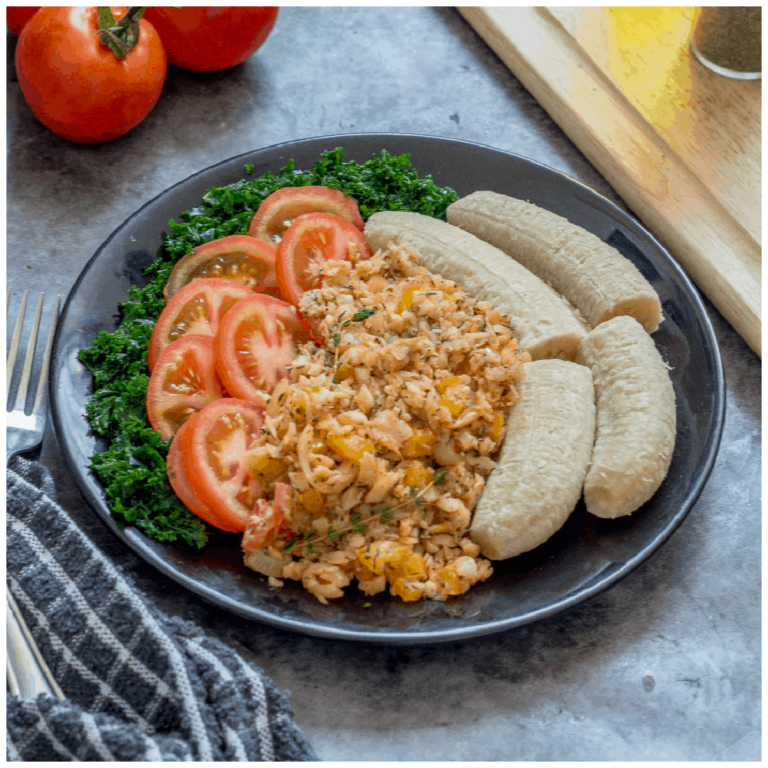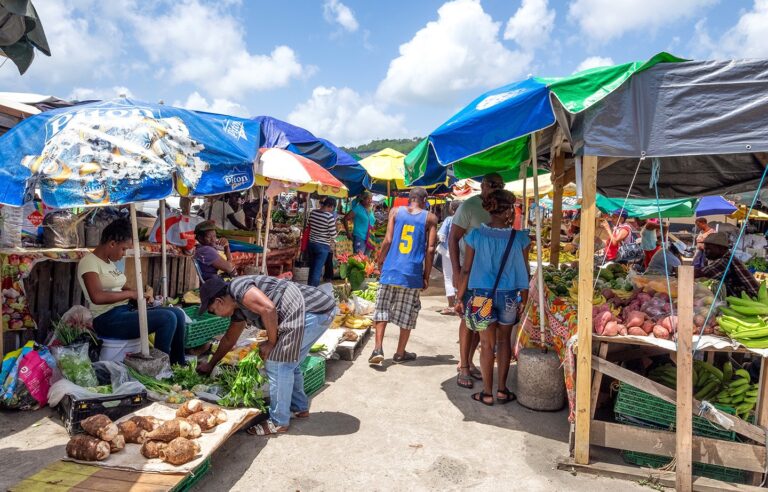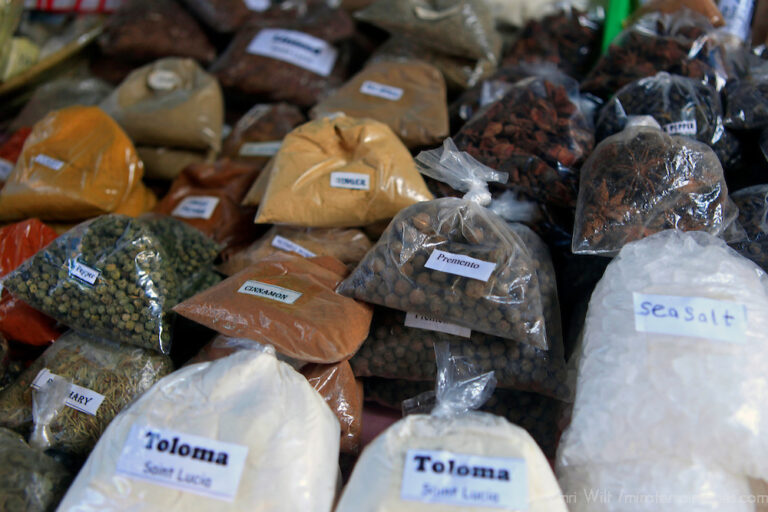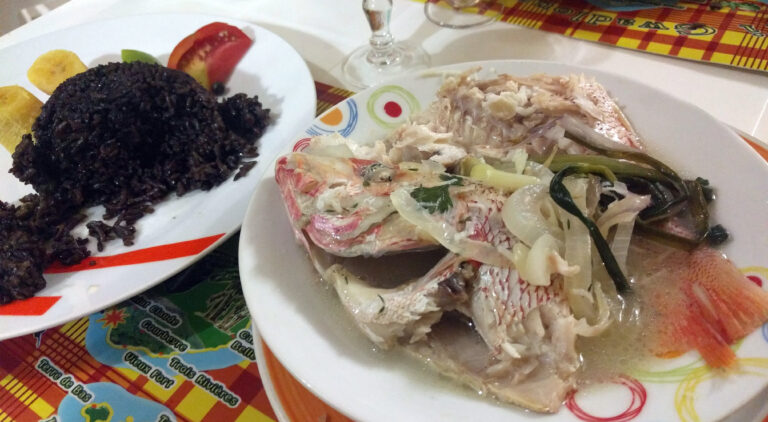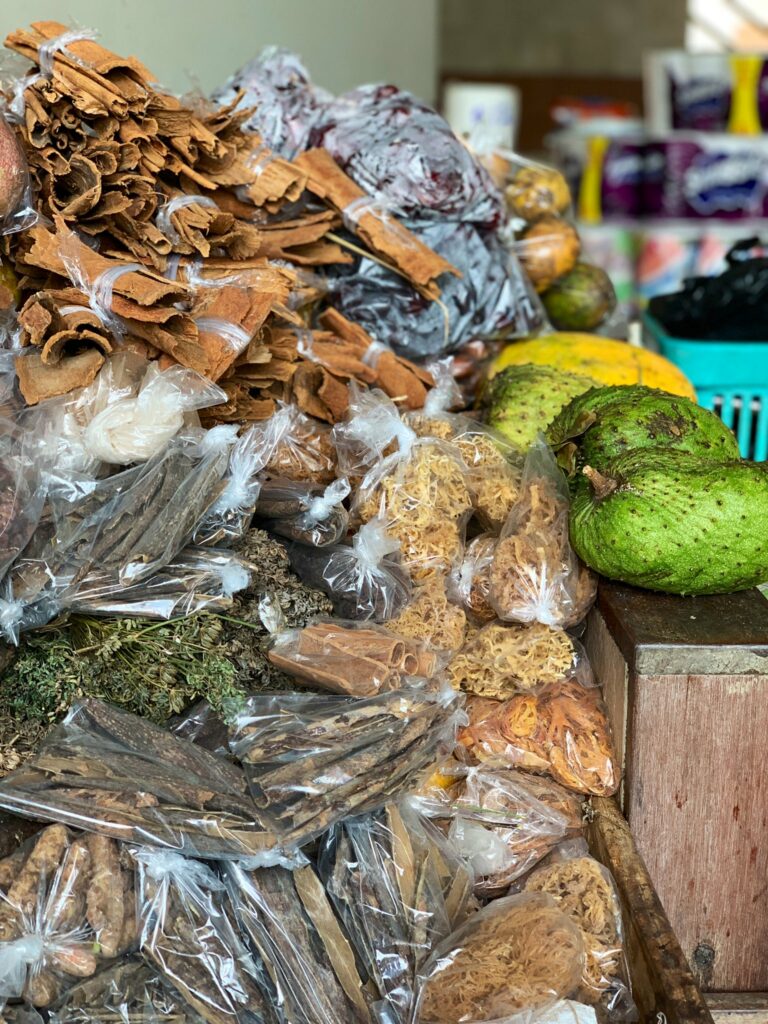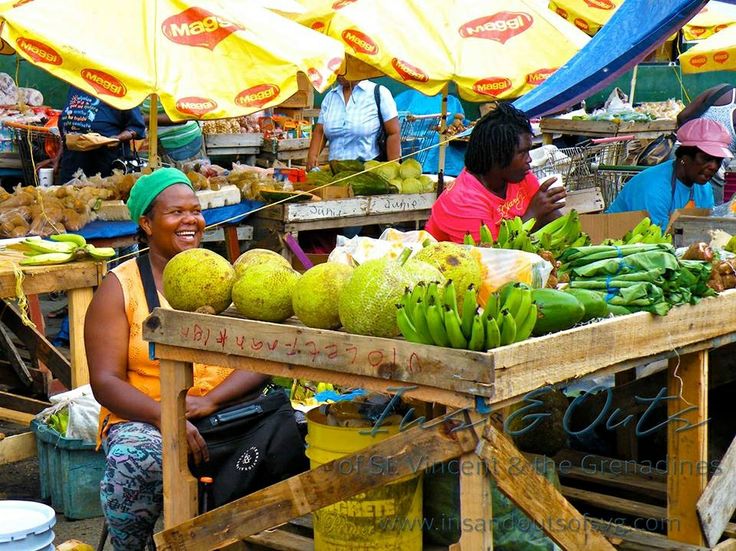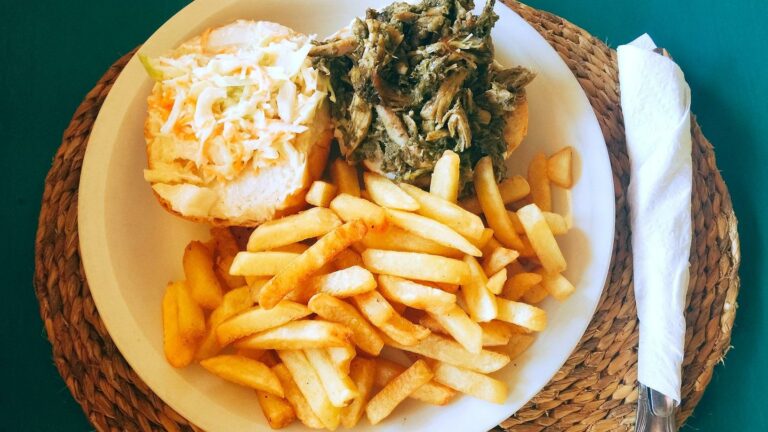Introduction: Understanding Saint Lucian Cuisine
Saint Lucia is a tropical island nation situated in the eastern Caribbean Sea. Its unique location has given rise to a rich culinary culture that reflects the island’s diverse history and the influences of its indigenous and colonial populations. Saint Lucian cuisine comprises a variety of dishes that feature fresh seafood, tropical fruits, and vegetables, all prepared with a blend of spices and herbs that are unique to the region.
Background: History of Saint Lucian Food Culture
Saint Lucian cuisine has its roots in the indigenous practices of the Arawak and Carib peoples who inhabited the island before the arrival of European explorers. The introduction of African slaves and European colonizers, such as the French and British, brought new ingredients, cooking techniques, and spices to the island’s culinary traditions. Today, Saint Lucian cuisine is a blend of African, European, and indigenous influences that reflect the island’s multicultural past.
Influences: How Migration Shaped Saint Lucian Cuisine
Over the centuries, migration has played a significant role in shaping Saint Lucian cuisine. The arrival of African slaves brought new ingredients such as yams, cassava, and okra, which are now staples of Saint Lucian cooking. The French, who colonized the island in the 17th century, introduced culinary techniques such as braising and sautéing, which are still popular in Saint Lucian cuisine. The British, who took control of the island in the late 18th century, introduced tea and other British staples, such as mutton pies, which are still enjoyed in Saint Lucia today.
Must-Try Dishes: Popular Meals in Saint Lucian Cuisine
Saint Lucian cuisine offers a variety of dishes that are worth trying. Among the most popular are:
- Green fig and saltfish: A breakfast dish made with boiled green bananas and salted codfish, seasoned with onions, garlic, and peppers.
- Callaloo: A thick soup made with taro leaves, coconut milk, and a variety of meats such as chicken or salted pigtail.
- Bouyon: A hearty stew made with dumplings, yams, breadfruit, and a variety of meats such as beef, pork, and chicken.
- Accra: A fried snack made from cassava, saltfish, and seasonings.
- Stew chicken: Chicken seasoned with a blend of spices and herbs and braised until tender.
Ingredients: Staples of Saint Lucian Cooking
Saint Lucian cuisine relies on a variety of ingredients that are unique to the region. Some of the most popular staples include:
- Green bananas: Used in a variety of dishes, green bananas are a staple of Saint Lucian cooking.
- Breadfruit: A starchy fruit that is boiled, roasted, or fried and served as a side dish or used in soups and stews.
- Saltfish: Dried and salted codfish is a popular ingredient in many Saint Lucian dishes.
- Coconut milk: Coconut milk is used to flavor and thicken many Saint Lucian soups and stews.
- Scotch bonnet peppers: These fiery peppers are a key ingredient in many Saint Lucian dishes, adding heat and flavor.
Conclusion: Appreciating the Flavors of Saint Lucian Cuisine
Saint Lucian cuisine is a unique blend of cultural influences that reflects the island’s rich history and diverse population. From the indigenous practices of the Arawak and Carib peoples to the influences of European colonizers and African slaves, Saint Lucian cuisine offers a rich and flavorful culinary experience that is worth exploring. Whether it’s a hearty stew or a fried snack, the flavors of Saint Lucian cuisine are sure to leave a lasting impression.

